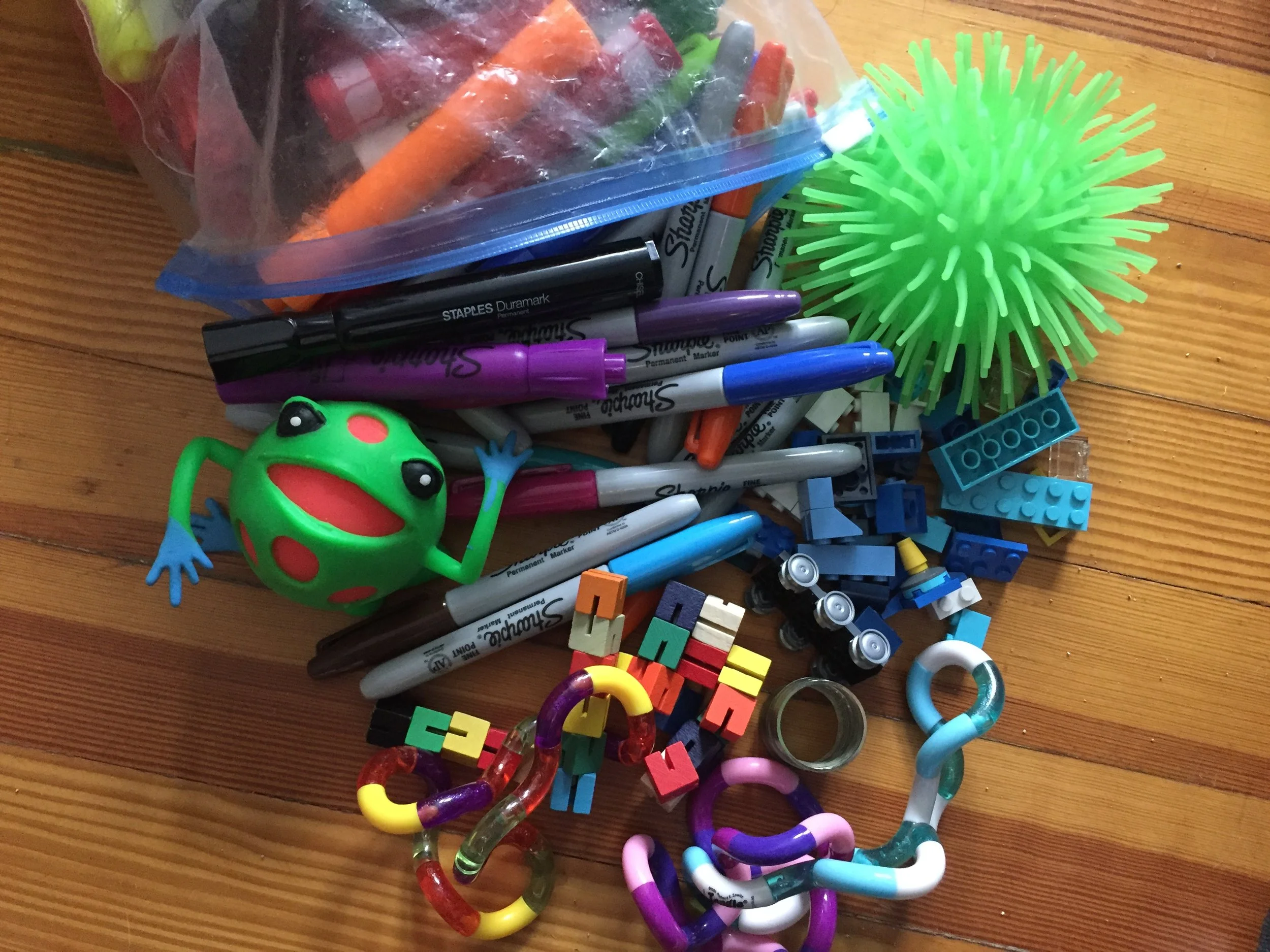Anatomy of a Good Meeting
This will help you run the best meeting possible
Hanna Lentz-Harry
I’m going to let you in on an Impact by Design facilitation secret. While it is not the only thing you need to run a good meeting (training or other convening), it can help you to build the best possible experience for your participants.
The secret is this: how you set up the room for your meeting matters….. a lot.
From placement of furniture to what is sitting on the table, the structure of a room for meetings and trainings can help turn a regular convening into a powerful experience.
BEFORE IBD SET-UP
AFTER IBD SET-UP
The Power of Room Set-Up
The position of tables and chairs in a room affects power dynamics and, in turn, the quality and quantity of participation. When people walk into a room, they can make an immediate judgment about whether or not they will “sit back and listen” or “actively engage” depending on the placement of chairs and tables.
The very first thing any IbD staffer does the moment we walk into a meeting or training room is rearrange the furniture to fit the purpose of the meeting. We focus on how we can encourage participation, ensure individuals will be able to equally hear and see whatever happens, and level power dynamics so participants are able to speak more freely.
Be Intentional
There is a time and place for every type of room set-up. What is important is that you are intentional about matching the room to the type of meeting you plan to have. For example, if you want to encourage discussion and open dialogue amongst all participants, have small groups (such as 4-8 individuals) sitting around tables where they can face and speak to each other. A set-up that forces individuals to only speak in front of the large group, or one that separates “leaders” from “others” (such as school house style or arranged in a “U”) will not help all participants speak honestly, or contribute equally. These latter formats are better suited for one-way communication, not discussion and feedback.
On the Table
IbD room set-up goes way beyond furniture. Every little thing on the table has a purpose. When you walk into an IbD facilitated meeting, you will find colored paper, markers, fidget toys, and snacks. Here’s why:
Colored paper – We use half sheets of paper and “sticky walls” in almost every meeting. Colored paper is more engaging and interesting, and different colors can be used to symbolize and capture different decisions or discussion outputs. This makes it easier to keep track of discussions.
Markers – Markers ensure that when writing is shared, everyone can actually see what is written. The moment people cannot fully see content, they tune-out, so give participants the tools to effectively communicate with each other.
Fidget toys- Help participants stayed tuned into your meeting by giving them something to fidget with. When the conversation becomes tense or the pace slows down, watch people grab the toys and work through the moment. Rather than doodle in notebooks or reach for their phones, participants will fidget and stay engaged. IbD always offers different types of fidgets (squishy, slinky, build, break) to appeal to everyone’s preferred sense of touch.
Snacks – If you went to a party and there were no drinks and snacks you would not want to stay very long, right? You would get hungry…and thirsty…and if you skipped a meal you would be dying for anything to take the edge off. Plus a bag of your favorite candy can just lighten the mood. Same thing with snacks on the table – help get your participants through mid-day cravings (remember this does not replace breaks) and create a more inviting atmosphere.
Try It - Really!
No matter how many times we do it, there are sometimes meetings or circumstances that make us rethink our typical setup. Will the room full of executive directors scoff at the colored paper? Won’t the Board look at the jellybeans and think they are ridiculous? But here is the absolute truth – we always do it and it always works.
Most of the time, participants appreciate the setup right away, settling in to their seats and exploring the table gear. They realize they are in for something different, and it is a relief. After all, wouldn’t we all like a break from the endless slog of meetings? Every once in a while we get some pushback in the beginning, but we can tell you in all honesty, by the end of the meeting, people are won over every single time.
If you’re interested in having IbD help design and facilitate meetings or trainings for your organization, please reach out to us.Or just let us know if you have any question about the setup we described here.








